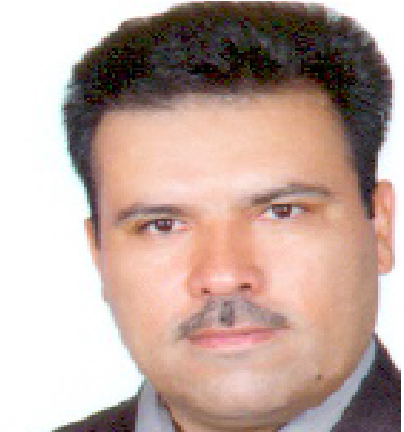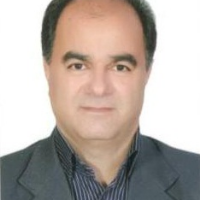Comparative Analysis of Physical Regeneration Strategies in Dysfunctional Textures of Neishabur City
Improving the quality and living conditions of dysfunctional and inefficient urban tissues requires strategies appropriate to the condition and characteristics of each tissue. In the current research, the existing condition of the ineffective tissues of Neishabur city has been examined and compared from the physical aspect. These tissues have been studied in two separate categories, including middle tissue (historical) and marginal tissue. The research method is descriptive-analytical. The current situation has been analyzed and evaluated using the SWOT technique. Priority intervention strategies in context have been determined using experts' opinions. ACCEPT method and experts' opinions have been used to identify priority regeneration strategies. In the middle (historical) texture, seven strategies and in the marginal context four strategies have been determined as priorities. According to the desirability score, in the middle context, "activation of historical, cultural and religious resources and services of tourism in the context and around the existing elements", and in the marginal texture, "encouraging residents to document properties and units and providing facilities have been determined as the most important priorities of the physical dimension. The results show that the conditions of the dysfunctional tissues of Neishabur are different from each other in terms of the situation in the middle (and historical) and marginal tissues, and therefore it is necessary to adopt regeneration strategies that are appropriate to the conditions in each tissue.
-
Analyzing the effects of land use change on vegetation and surface temperature of the city and the response of urban managers to this trend (Case study: Mashhad city)
*
Journal of Sustainable Urban and Regional Development Studies, -
Proposing a Model for the Formation of Child-friendly Cities Case study: Mashhad metropolis
*
Geography and Development Iranian Journal, -
Investigating the Viability of Cities Located in Environmentally Sensitive Areas, Case Study: Zabol City
*, Seyed Mehdi Moosa Kazemi, Fatemeh Karimian Pour
Journal of Urban Ecology Researches, -
Cultural-Social Regeneration of Urban Peripheral Textures with the Empowering Local Community Approach; Case Study, Neishabur City
Seyyed Mehdi Moussakazemi *, , , Narges Sadat Razavi
Journal of Urban Peripheral Development, -
Investigating the role of RFID technology in urban make smart with a focus on toll payment in urban highways (Case study of Mashhad-Baghcheh highway)
Hosein Rahimi *, NARGES Golestani, Fateme Vahidi
Journal of Geography and Planning,




